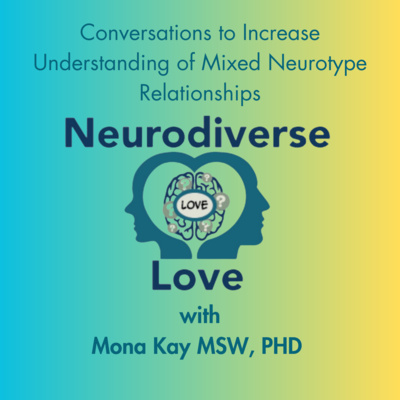
# MINDFULNESS
## Reconnecting with the Body: Mindful Practices for Emotional Well-Being
Emotions such as anger, fear, or anxiety can be intense and challenging to confront, often leading individuals to evade them or respond swiftly. Frequently, evading these feelings can trigger emotional explosions or self-destructive actions. This becomes especially apparent if we do not grasp the fundamental sensations and thoughts that fuel these emotions. By consciously reconnecting with our bodies through mindful practices, we can achieve emotional equilibrium and enhance our emotional health.
### The Trap of Emotional Resistance
Avoiding emotions is akin to sealing the lid on a pressure cooker — the pressures eventually accumulate until they burst. This avoidance separates us from our bodies, hindering our capacity to manage emotions effectively. Many individuals associate emotional eruptions with the full experience of emotions, but genuine emotional wellness resides in nurturing a more mindful and understanding relationship with our feelings.
Earlier versions of ourselves — especially during our formative years — may have experienced emotions in ways that seemed uncontrollable. External remarks like “You’re so emotional” can create the illusion that we’re fully engaging with our feelings. However, emotional eruptions often reflect a lack of *acceptance* of our emotions, leading instead to impulsive reactions. Profound emotional healing begins by creating a connection between our minds and bodies through mindful awareness.
### Understanding “Softening”
“Softening” refers to the practice of acknowledging emotions without resisting or reacting impulsively. Instead of suppressing our feelings or crafting emotional narratives that blame others or criticize ourselves, softening invites us to create a space for our emotions infused with compassion. It’s essential to look within without harsh judgment — to permit our emotions to exist as they are.
Softening is an open invitation for emotions and sensations to inhabit the present moment without the chaos of reaction. This mindful approach enables them to flow through us more effortlessly, gradually dissipating rather than festering in our minds or bodies. Softening does not equate to evading difficult experiences or denying pain; it involves allowing oneself to be vulnerable enough to *truly feel* without resistance.
### The Fear of Facing Emotional Pain
Fear acts as a significant barrier in processing emotions. The apprehension of experiencing pain — whether emotional or physical — spawns resistance, prompting us to shun or repress those feelings. This fear-driven resistance disconnects us from our own bodies, rendering us unable to identify the bodily signals accompanying our emotions. To overcome this separation, we must reconnect with our bodies and recognize the profound sensations tied to our feelings.
### Mindful Practices for Reconnecting with the Body
Mindful practices have the potential to reshape our relationship with our bodies, aiding us in processing and comprehending our emotions more profoundly. Here are several straightforward practices designed to enhance mindful awareness and emotional health:
1. **Focus on Sensations in Your Hands**
A simple method to reconnect with your body is to concentrate on your hands. Close your eyes, relax, and tune into the feelings and sensations emanating from your hands. If this feels challenging, rub your hands together for a few seconds and then direct your focus to the warmth, tingling, or any sensation you feel. By broadening this awareness, you can gradually extend mindful attention to different body parts, incorporating the experience of being present.
2. **Yoga Nidra: Guided Body Awareness**
Yoga Nidra is a powerful meditation technique that takes you through various regions of your body, promoting relaxation and increased awareness. This approach allows you to deeply notice the sensations within your body, granting greater conscious attention to areas of tension, discomfort, or emotion. Regular practice of Yoga Nidra nurtures a more profound bond between mind and body, fostering a sense of mindful tranquility.
3. **Breath Meditation Combined with Sensory Awareness**
During seated meditation, focus on your breath by observing the movement of your body as you inhale and exhale. By noting the expansion and contraction of your abdomen with each breath, you cultivate strong bodily awareness. Moments of emotional discomfort can serve as opportunities to ask yourself reflective questions such as, *“What does this emotion feel like in my body?”* Pay close attention to how anxiety, anger, or sadness is expressed physically — perhaps as tightness, tension, or heat in specific areas.
4. **Sitting with Difficult Emotions**
A few years ago, I had a wave of anger surge through my body that felt impossible to ignore. I sat in meditation with it and softened my awareness toward that emotion. I directed my focus to its manifestation — my abdomen, swirling like a tornado — and chose to accept the experience without judgment or narrative. Rather than attributing reasons behind the emotion or interpreting its roots, I simply breathed through it. Within approximately 15 minutes, the feeling subsided effortlessly.
### Conclusion: Embracing the Mind-Body Connection
Reestablishing a healthy mind-body connection